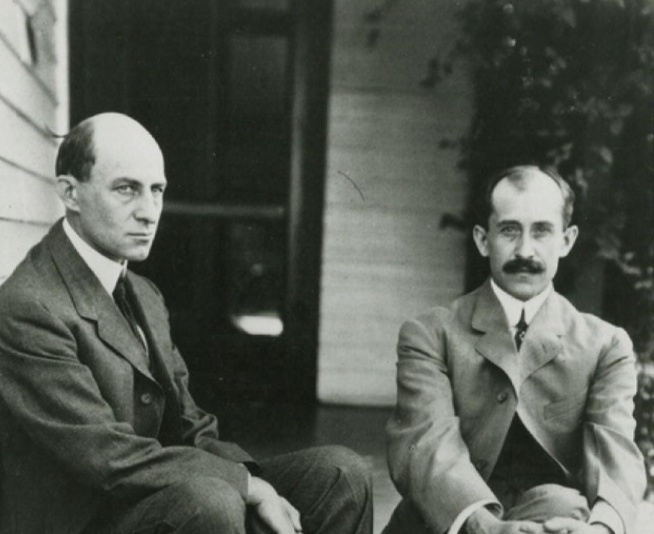Who Were the Wright Brothers?
Orville and Wilbur Wright are typically portrayed as clever bicycle mechanics who somehow invented the airplane. They are referred to as if they were a single persona: “the Wright brothers”—one mind, one personality. However, Wilbur and Orville were, of course, in actuality two distinct individuals who brought unique talents and perspectives to their collaborations.
The success of the 1903 Wright Flyer is perhaps one of the most iconic stories from American history. But how did Orville and Wilbur Wright end up as pioneering aeronautical engineers? Even before they got interested in flight, the Wrights’ unique combination of engineering knowledge and skill, creative abilities, and personality traits were evident in the business pursuits they took on in the years before they began their groundbreaking aeronautical research.

The Wrights’ specific research techniques, innate skills, and personality traits came together in a unique way and largely explain why they succeeded where so many others failed. The Wrights’ basic design elements and approach to aeronautical engineering have been used in all successful airplanes ever since.”
.
would turn your attention not to perfecting your flying skills but securing a patent and finding customers for their groundbreaking invention. While the Wright brothers were negotiating the sale of their aircraft, they let no one witness a flight or even see the airplane until they had a signed contract in hand. They were right to safeguard their invention—aeronautical activity picked up significantly during the Wrights’ flying hiatus of 1906–1907.
.
The 1909 Wright Military Flyer is the world’s first military airplane. In 1908, the U.S. Army Signal Corps sought competitive bids for a two-seat observation aircraft. On June 3, 1909, the Wrights returned to Fort Myer with a new airplane to complete the trials begun in 1908, that were cut short by a crash. Satisfying all requirements, the Army purchased the airplane for $30,000, and conducted flight training with it at nearby College Park, Maryland, and at Fort Sam Houston, in San Antonio, Texas, in 1910. It was donated to the Smithsonian in 1911.
.


